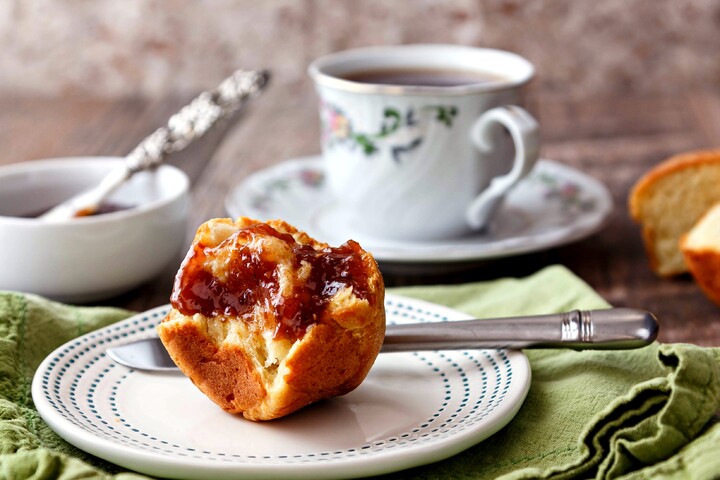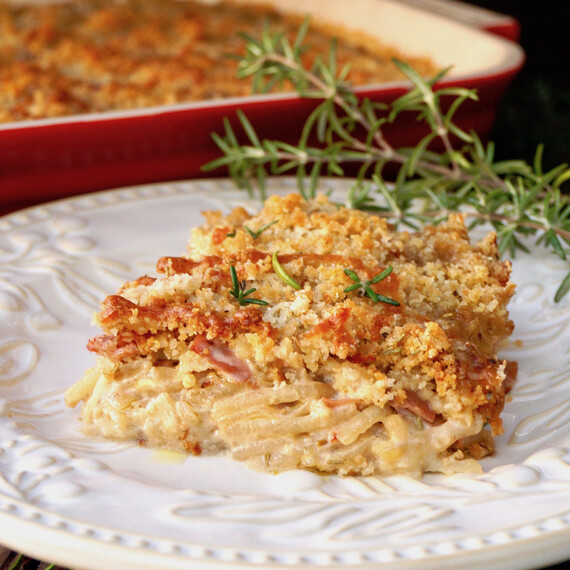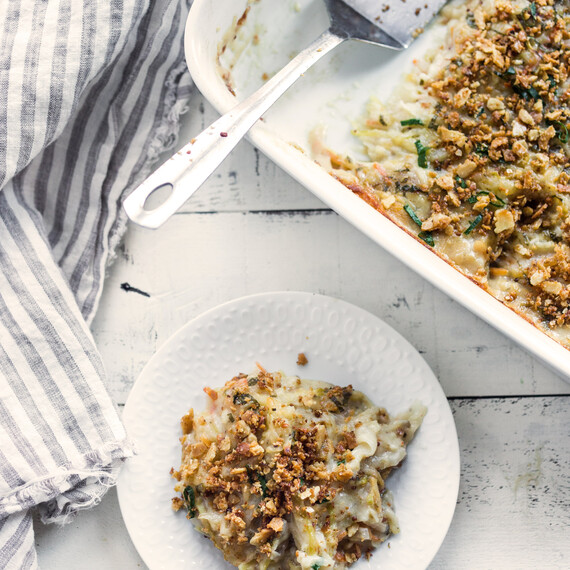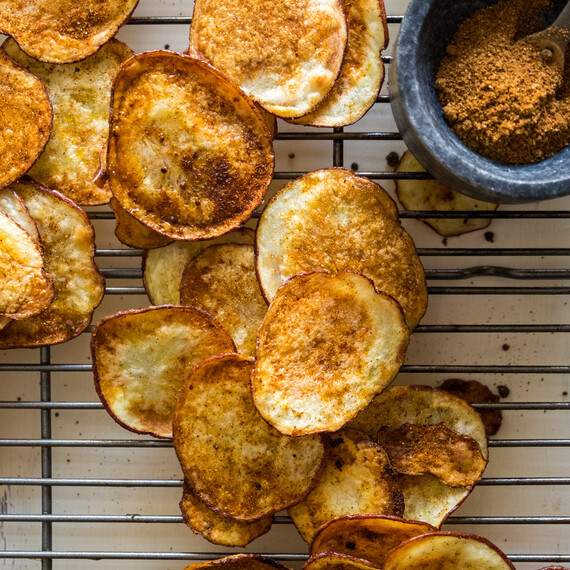Idaho® Potato Brioche Muffins
Brioche is a rich and magnificent bread. It’s really more like a yeasted cake than bread since it is so delicate and buttery. In order to incorporate 2 ½ ounces of Idaho® Potato into this dough, I decreased the amount of egg by just a bit and increased the flour, using all bread flour rather than my usual mix of bread flour and all purpose. After slowly mixing in 2 sticks of softened butter, the dough is rich, shiny, supple and absolutely gorgeous to work with. The potato brings a bit of earthiness and moisture to this famous French bread. Enjoy!
Read Jenni's full post here.
Ingredients:
For the Sponge:
- 5 oz (3 tablespoons) water
- 1 oz (2 tablespoons) whole milk
- ½ teaspoon active dry yeast
- Heavy pinch granulated sugar
- 1 oz mashed Idaho® russet potato (no milk or butter)
- 1 oz (about ¼ cup) bread flour
For the Brioche:
- All the sponge
- 3 whole eggs
- 1 ½ tablespoons (4 ½ teaspoons) granulated sugar
- 2 oz (just a smidge over ½ teaspoon) kosher salt
- 9 oz (about 2 cups) bread flour
- 1 ½ oz mashed Idaho® russet potato (no milk or butter)
- 2 sticks butter, softened
Instructions:
For the Sponge:
- In the bowl of your stand mixer, whisk together all the sponge ingredients until smooth.
- Cover and set aside to rise in a warm place. This could take 2-3 hours. Be patient.
For the Dough:
- Once the sponge is nice and bubbly, add the eggs, sugar, salt, and bread flour to the bowl.
- Using the dough hook, mix on low speed until the dough comes together.
- Increase the speed to medium-low (I used speed 4 on my KitchenAid) and knead for about 10-12 minutes. The dough will start out sticking in the bottom. Eventually, it will clear the bottom, but there might be some dough stuck on the sides of the bowl. The dough will be nice and smooth and somewhat sticky.
- While the dough is kneading, mix the softened butter and mashed potato together very well until smooth and uniform. I do this on a plate using a spatula, but you can also use a hand mixer if you’d rather.
- Once the dough has finished kneading, begin adding the butter/potato mixture, about 1-2 Tablespoons at a time, kneading well between each addition. This whole process will take a total of about 15 minutes. Scrape the bowl as necessary to make sure all the butter is evenly incorporated.
- Once you have added all the butter, continue to knead for another 3-4 minutes. The dough will be shiny, smooth, and very stretchy.
- Add an equal amount of dough to each of the 12 cavities in a non-stick muffin tin.* To get the most uniform muffins, weigh the total amount of dough and divide by 12. My target weight was around 2.3 oz per cavity. The dough should fill the cavities by half.
- Cover the muffin tin with plastic wrap and refrigerate overnight.
- The next day, set the tin out on the counter to very slowly rise until the highest part of the dough is just peeking over the top of the tins. The cavities won’t look completely full, but you will be able to tell that the dough has risen. Resist the urge to put these in a warm place to rise or the butter will melt out of the dough. Total rise time could be as much as 5-6 hours, so start earlier in the day if you want them for dinner.
- 30 minutes before baking, heat the oven to 450F and set a rack in the bottom third of the oven.
- Place the muffin tin in the oven and bake for 5 minutes.
- Turn the heat down to 375F and bake an additional 15-18 minutes until the brioche muffins are deep golden brown and the internal temperature has reached 200F.
- Allow to cool in the tin for 20 minutes and then remove to a rack. Serve warm. Store leftovers at room temperature for 2 days, and reheat in foil in a 325F oven until warm.
Notes:
I initially tried to use an ice cream scoop to measure the dough, but the dough was too stretchy and refused to cooperate. I suggest you scrape the dough onto an oiled surface and portion it out using a bench knife. The dough is very soft and sticky, so if you are using a scaled, cover it with some plastic wrap to keep it clean.



